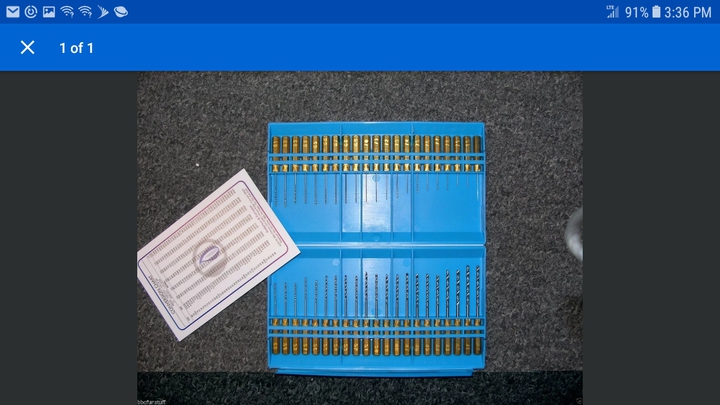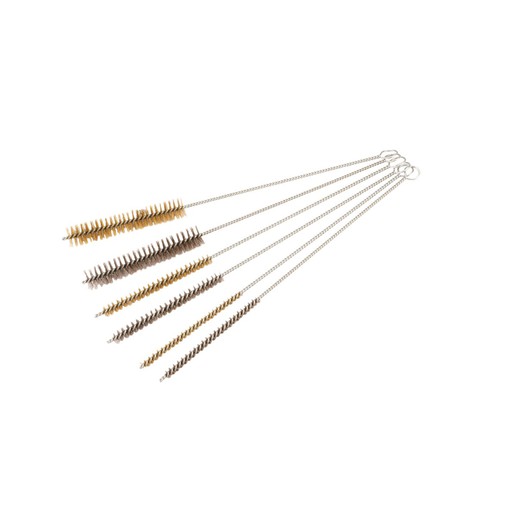Just got my carb kit in the mail.
It has a lot of little seals and a couple jets. As far as I can see, my main Jet looks pretty good, and I do not see any major wear or damage to any of the other jets.
Unless someone says otherwise, I am inclined to not replace any of the jets. This is also following the advice of several forum members who told me to stay simple, although I do want to do a thorough job and learn about carbs, so no easy way out for me.
The numerous small seals and bushing like things are a different story. Is it worth replacing them or just leave the old ones in?
I feel a little silly buying a whole carb kit and only using the two big gaskets (carb to manifold and the main gasket between the two halves of the carb).
I also have a well vent jet on order (C77-18-22 size) that should work well, since my well vent jet was damaged and got further damaged by removing it. In hindsight, I should not have tried removing the well vent jet, it was a mistake, but once I started removing it and damaged it, it had to get all the way out. I just got a little over eager to work on the carb I guess. I will take it slower from now on.
John
It has a lot of little seals and a couple jets. As far as I can see, my main Jet looks pretty good, and I do not see any major wear or damage to any of the other jets.
Unless someone says otherwise, I am inclined to not replace any of the jets. This is also following the advice of several forum members who told me to stay simple, although I do want to do a thorough job and learn about carbs, so no easy way out for me.
The numerous small seals and bushing like things are a different story. Is it worth replacing them or just leave the old ones in?
I feel a little silly buying a whole carb kit and only using the two big gaskets (carb to manifold and the main gasket between the two halves of the carb).
I also have a well vent jet on order (C77-18-22 size) that should work well, since my well vent jet was damaged and got further damaged by removing it. In hindsight, I should not have tried removing the well vent jet, it was a mistake, but once I started removing it and damaged it, it had to get all the way out. I just got a little over eager to work on the carb I guess. I will take it slower from now on.
John










